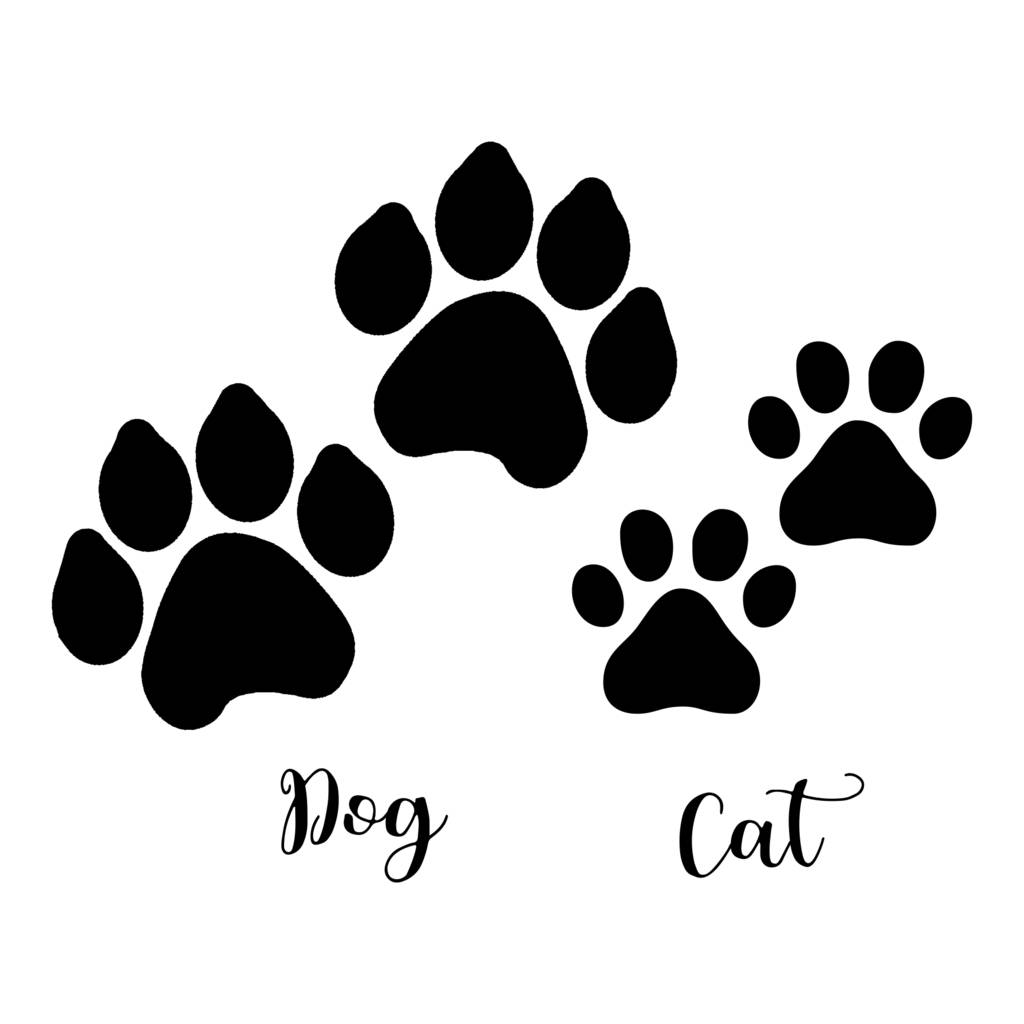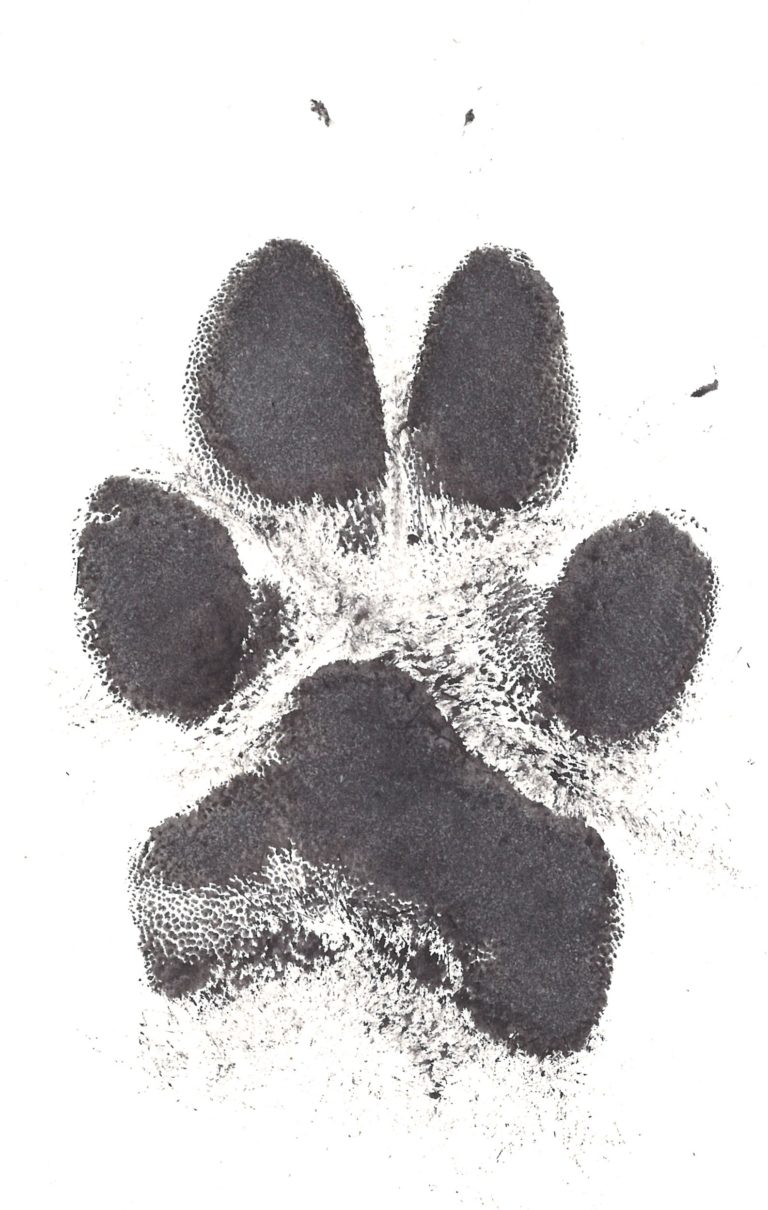In the realm of our furry companions, paw prints hold a special allure. These intricate imprints are not mere markers of their presence but also windows into their unique identities and behaviors. From the playful gait of a canine to the graceful stride of a feline, paw prints tell a captivating story of their adventures and interactions with the world around them.
The Anatomy of a Paw Print

In the realm of our furry companions, paw prints hold a special allure. These intricate imprints are not mere markers of their presence but also windows into their unique identities and behaviors. From the playful gait of a canine to the graceful stride of a feline, paw prints tell a captivating story of their adventures and interactions with the world around them.

Cats:
- Forepaws: Have five toes, with the dewclaw present and functional.
- Hindpaws: Also have five toes, with the dewclaw present.
- Momma Bear Paw SVG Momma Bear Paw SVG: A Symbol Of Strength, Protection, And Love
- Dog Paw Print Heart Dog Paw Print Heart: A Symbol Of Unconditional Love And Loyalty
- Paw Print Designs Paw Print Designs: A Timeless Symbol Of Love And Loyalty
- Dog Paw Pattern Dog Paw Pattern: A Comprehensive Guide To A Timeless Design
- Images Of Cat Paws SVG Images Of Cat Paws SVG: A Purrfect Addition To Your Creative Projects
- Forepaws: Consist of five toes, with the innermost toe (dewclaw) often absent or vestigial.
- Pads: Similar to dogs, providing cushioning and traction.
- Claws: Retractable and used primarily for hunting and climbing.
- Size: Dog paw prints are generally larger than cat paw prints.
- Shape: Dog paw prints are typically more rounded, while cat paw prints are more oval.
- Number of Toes: Dogs have four toes on their hindpaws, while cats have five.
- Dewclaws: Dogs often lack dewclaws, while cats have them present.
- Claws: Dog claws are non-retractable, while cat claws are retractable.
- Walking: Regular, evenly spaced paw prints indicate a steady gait.
- Running: Overlapping paw prints with longer strides suggest a fast pace.
- Jumping: Irregularly spaced paw prints with varying depths indicate a jump or leap.
- Scratching: Distinct claw marks accompanying paw prints may indicate digging or scratching behavior.
- Scent Marking: Paw prints with urine or feces present can indicate territorial marking.
- Casting: Creating a mold of the paw print using plaster or dental impression material.
- Photography: Capturing clear and detailed photographs of the paw print.
- Measurement: Measuring the length, width, and spacing of the toes to identify the species and individual animal.
- DNA Analysis: Extracting DNA from the paw print to determine the identity of the animal.
The Anatomy of a Paw Print
Both dogs and cats possess unique paw anatomy that influences the shape and size of their paw prints.
Dogs:

Distinguishing Dog and Cat Paw Prints
Despite their similarities, there are key differences between dog and cat paw prints that can help in identification:

Interpreting Paw Print Patterns
Paw print patterns can provide valuable insights into the behavior and movement of dogs and cats:
Paw Print Preservation and Analysis
Preserving and analyzing paw prints can be a valuable tool in forensic investigations, animal tracking, and wildlife conservation:
Frequently Asked Questions (FAQs)
Q: Can I tell the age of a dog or cat from its paw prints?
A: While paw print size can provide a general indication of age, it is not a reliable method for precise age determination.
Q: Are there any health conditions that can affect paw prints?
A: Yes, certain diseases and injuries can cause changes in paw print appearance, such as swelling, discoloration, or deformities.
Q: Can I use paw prints to track my lost pet?
A: Yes, paw prints can be used to track lost pets, especially in areas with soft ground or snow.
Q: Why do cats have retractable claws?
A: Retractable claws allow cats to maintain sharp claws for hunting and climbing while protecting them from wear and tear during everyday activities.
Conclusion
Paw prints are not just fleeting marks on the ground but captivating expressions of the unique nature of our canine and feline companions. By understanding the anatomy, patterns, and significance of paw prints, we gain a deeper appreciation for the intricate world of our furry friends. Whether preserving memories, solving mysteries, or simply marveling at their individuality, paw prints serve as timeless reminders of the enduring bond between humans and animals.

